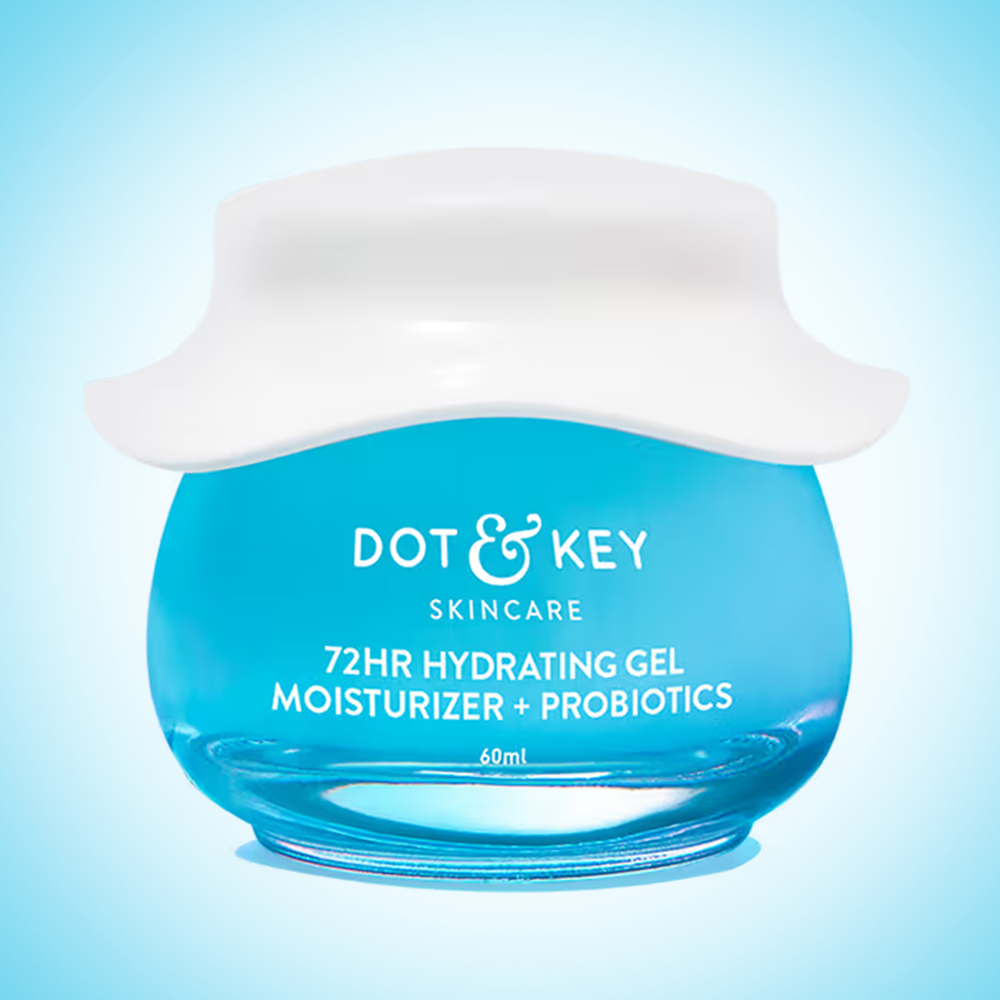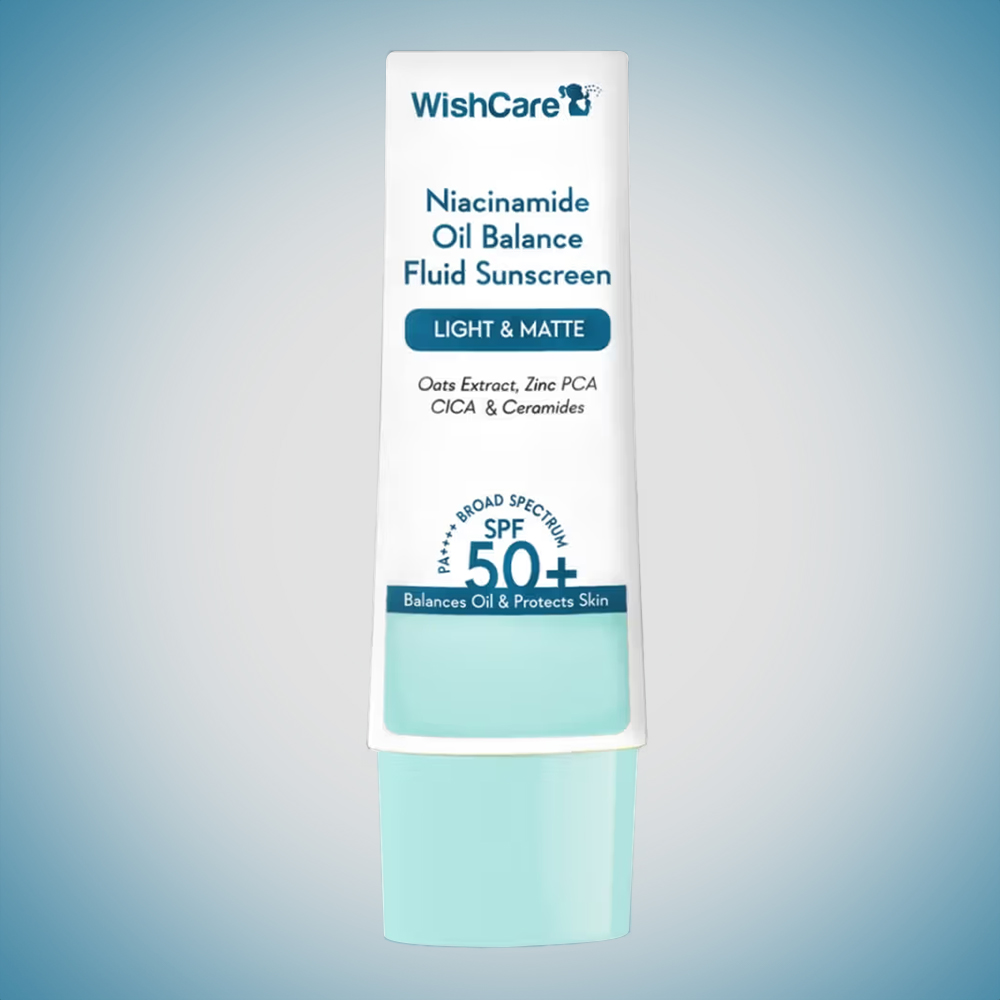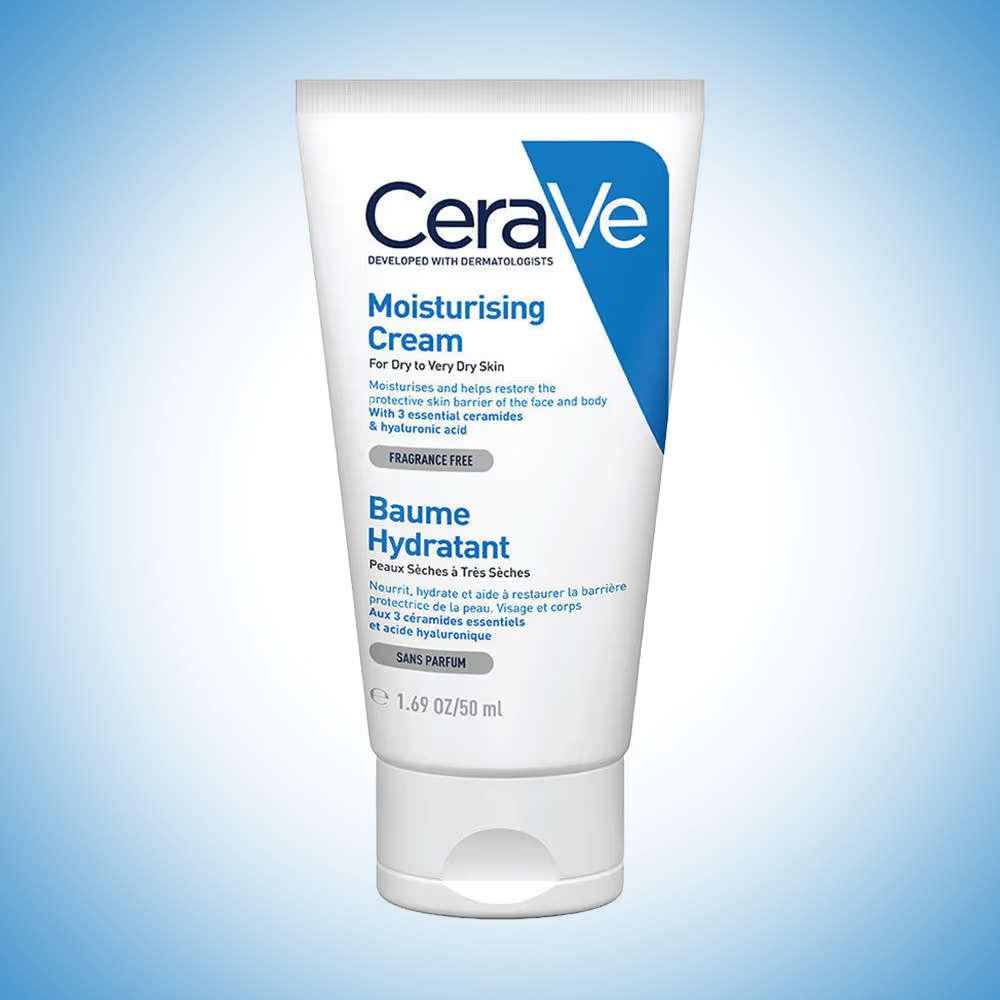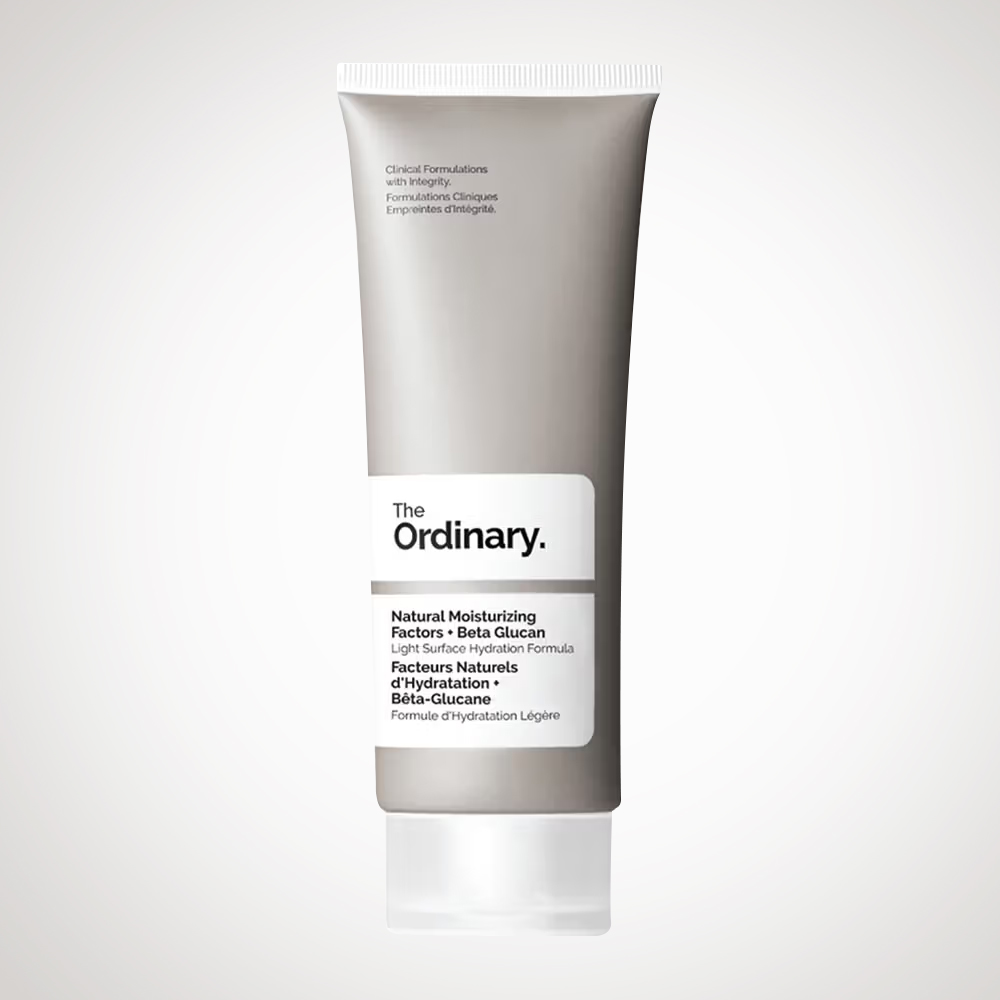The headline is quite explanatory but we will still dive into it and say a lot of folks are confused about the series in which you should apply multiple different products in your skincare routine, especially the placement of moisturiser and sunscreen since both are cream formulas that require generous application. So, we thought, we will break it down for you and put an end to this debate in your brain. So, let's get into sunscreen or moisturiser, what comes first!
Sunscreen Or Moisturiser First? Learn The Correct Order To Apply Sun Protection
Sunscreen Or Moisturiser: What Comes First
The basic thumb rule for your skincare routine involves layering the sunscreen at the top of the moisturiser. The reason for this is that since sunscreen is supposed to form a protective layer to keep your skin safeguarded from the sun's UVA and UVB rays. To ensure that the efficacy stays intact, its advised to layer it post the rest of the products as your last step so that the formula doesn't get diluted. So basically, sunscreen's supposed to seal the deal for your daytime skincare routine since it has sun-protecting ingredients that form the filters for blocking the sun rays.
Do note that in the case of chemical sunscreens, it is suggested to do the opposite and apply the moisturiser post the sunscreen. A little contradicting to what we said before but hold on. The explanation is that chemical sunscreens need to penetrate your skin to protect it from sun damage so for better absorption, they tend to be applied before the moisturiser. These sunscreens work by absorbing the rays of the sun, converting them into heat, and then scattering the heat and so, for completing this function, they need to be applied before the moisturiser.
In the case of mineral sunscreens, the filters work by deflecting the sun rays and thus, it needs to be the topmost layer on the skin.
Generally, applying the moisturiser before the sunscreen is recommended for keeping the skin hydrated and forming a barrier between your skin and the UV filters the sunscreens are formulated with.
If you wish to learn more about the difference between chemical and mineral sunscreen, head here.
How To Apply Sunscreen After The Moisturiser
The best way is to wait for a few minutes after applying your moisturiser to let it dry down before going in with the sunscreen. This way, both of these products get enough time for individual absorption for functioning well. Taking strips of sunscreen on the length of two fingers (aka the two-finger rule of sunscreen) is the right way to go about sunscreen in terms of quantity for your face and neck. It is advised to wait at least fifteen to twenty minutes after applying sunscreen before you head out. This gives the sunscreen the time required for it to absorb properly.
When To Apply Sunscreen
Everyday! It is absolutely essential to apply sunscreen everyday during the daytime. Doesn't matter if you are lounging at home since UV rays can penetrate through the windows, or its cloudy outside since as long as there's sun in sight, it can cause serious harm to the skin and even causer serious damage like skin cancer. So, safe to say, as long as there's sun in the sky one should wear sunscreen, tattoo it on your mind.
LBB Tip: Read about the benefits of applying sunscreen here.
How To Choose The Right Sunscreen?
The choice between chemical vs mineral or physical sunscreen boils down to personal preference. Look for a sunscreen that aligns with your skin type and has a suitable finish for your skin concerns. For dry skin, hydrating sunscreen formulas with moisturising ingredients like hyaluronic acid, rice water and ceramides tend to work better. For oily skin, something with mattifying action is ideal to keep sebum at bay. Look for something lighter, a bit more lotion like in terms of consistency with ingredients like niacinamide, salicylic acid and green tea extract. The most important thing of all remains being protected from the sun, having a sufficient amount of sun protection factor aka SPF is essential. SPF 50 offers most optimum protection and you can consider SPF 30 to be the bare minimum.
Moisturiser & Sunscreen Pairing for Different Skin Types
For Oily Skin
For oily skin, a gel-based moisturiser works best for keeping the skin hydrated without making it feel heavy. Don't go for something too matte for your moisturiser since you want to make a nice base for your sunscreen to go over. Sunscreen should be fluid-like, super light on the skin with a slightly matte finish to ensure it stays put when you sweat.


Wishcare Niacinamide Oil Balance Sunscreen


For Dry Skin
If your skin's as parched as the Sahara Desert, you need to load up on hydrating ingredients in both your moisturiser as well as sunscreen.




For Sensitive Skin
For both your moisturiser and sunscreen, you need to look for formulations that are fragrance-free, hypoallergenic, and non-comedogenic. Depending on how your skin feels, opt for containing gentle ingredients like ceramides, hyaluronic acid, and aloe vera.


FAQs
How often should I reapply sunscreen?
Sunscreens claim to be effective for more than two hours, however, it is advised to reapply it every 2-3 hours. For easy reapplication, make sunscreen sticks and sunscreen sprays your best friend.
Do moisturisers and makeup with SPF work?
Moisturisers and makeup products that have SPF are meant for added protection. These moisturisers and makeup products with SPF may not offer enough broad-spectrum protection since they are in not in capacity of providing the required sun protection because of lack of UV filters in adequate quantity.

